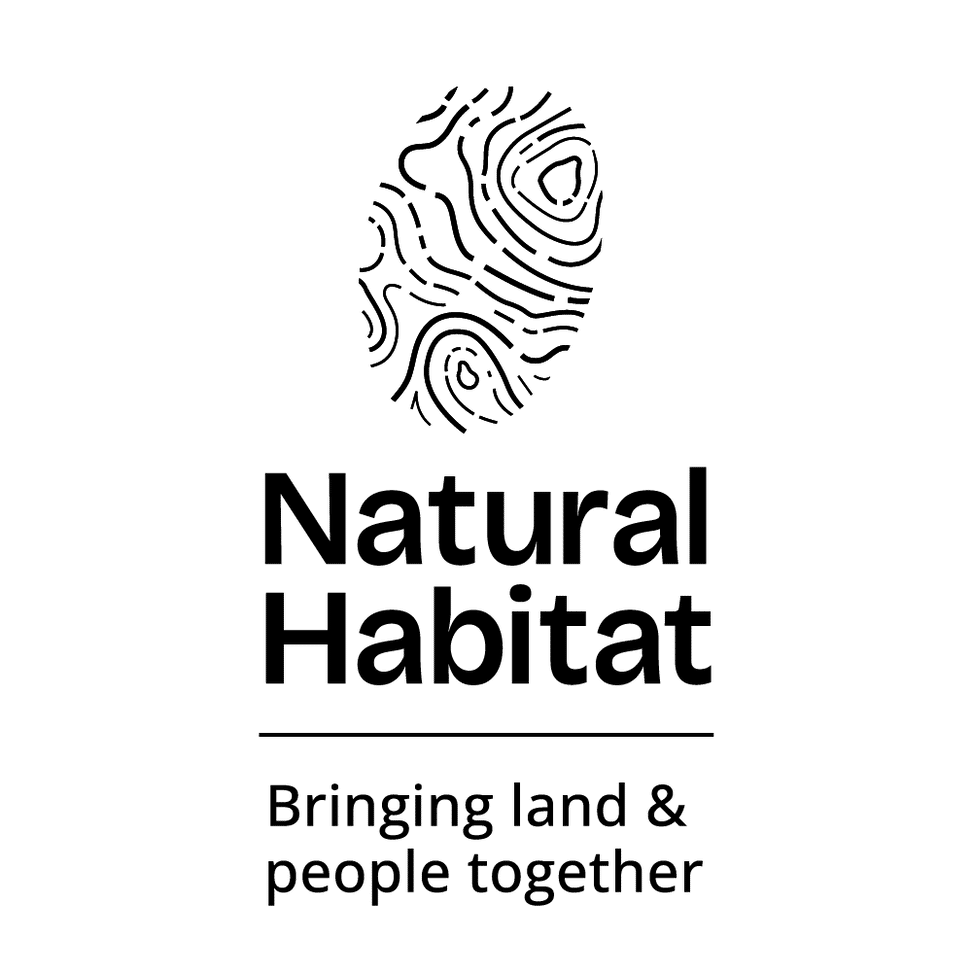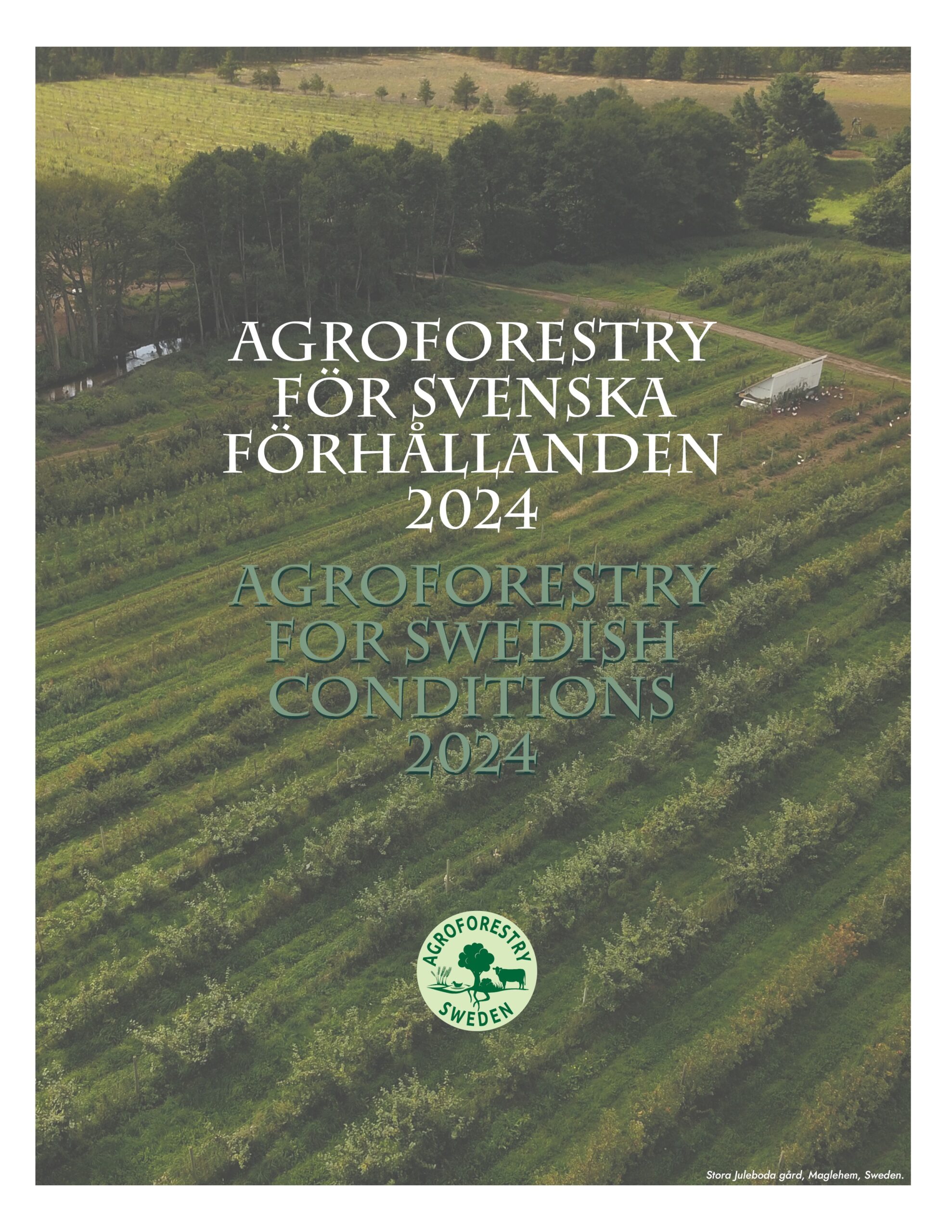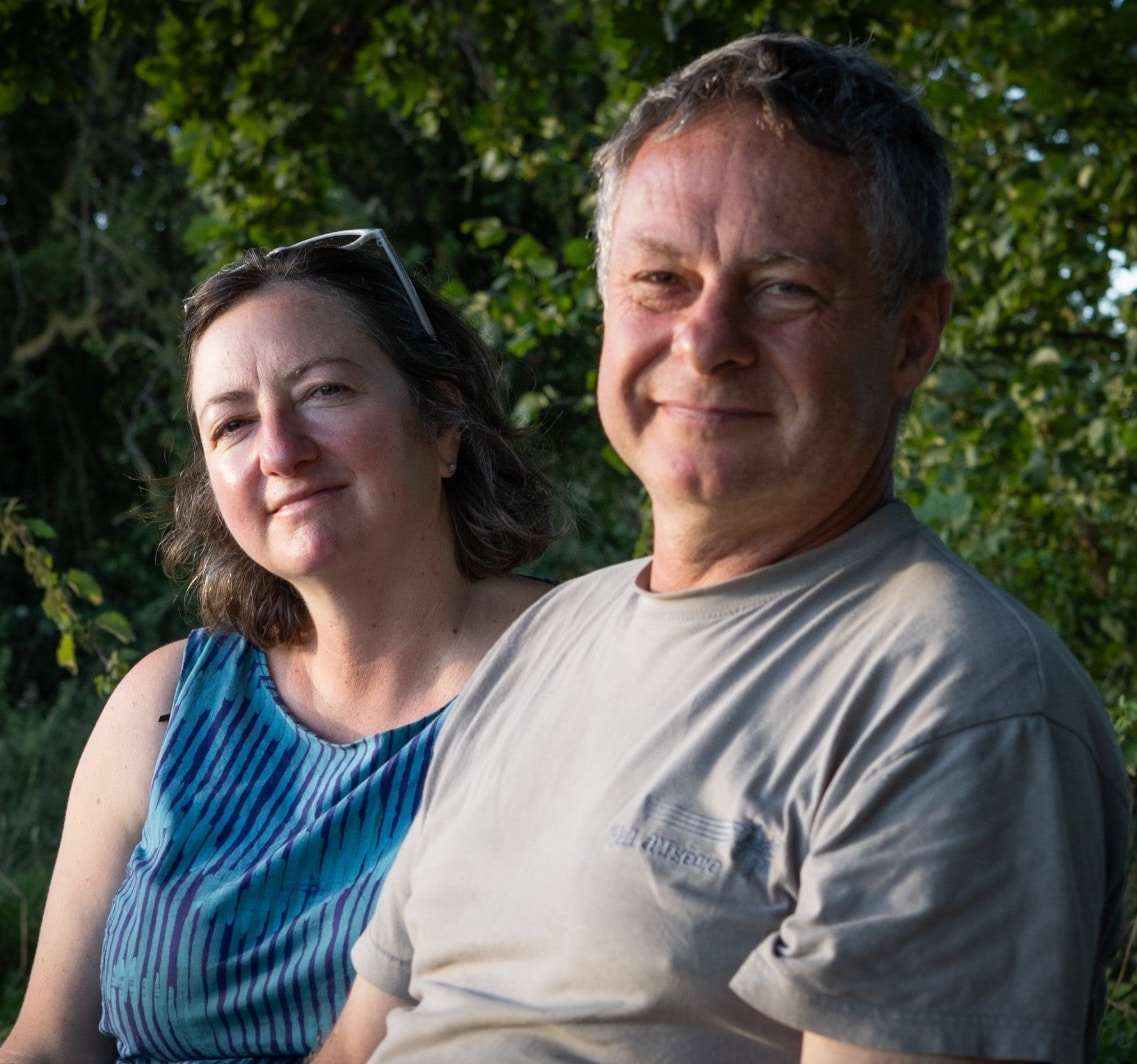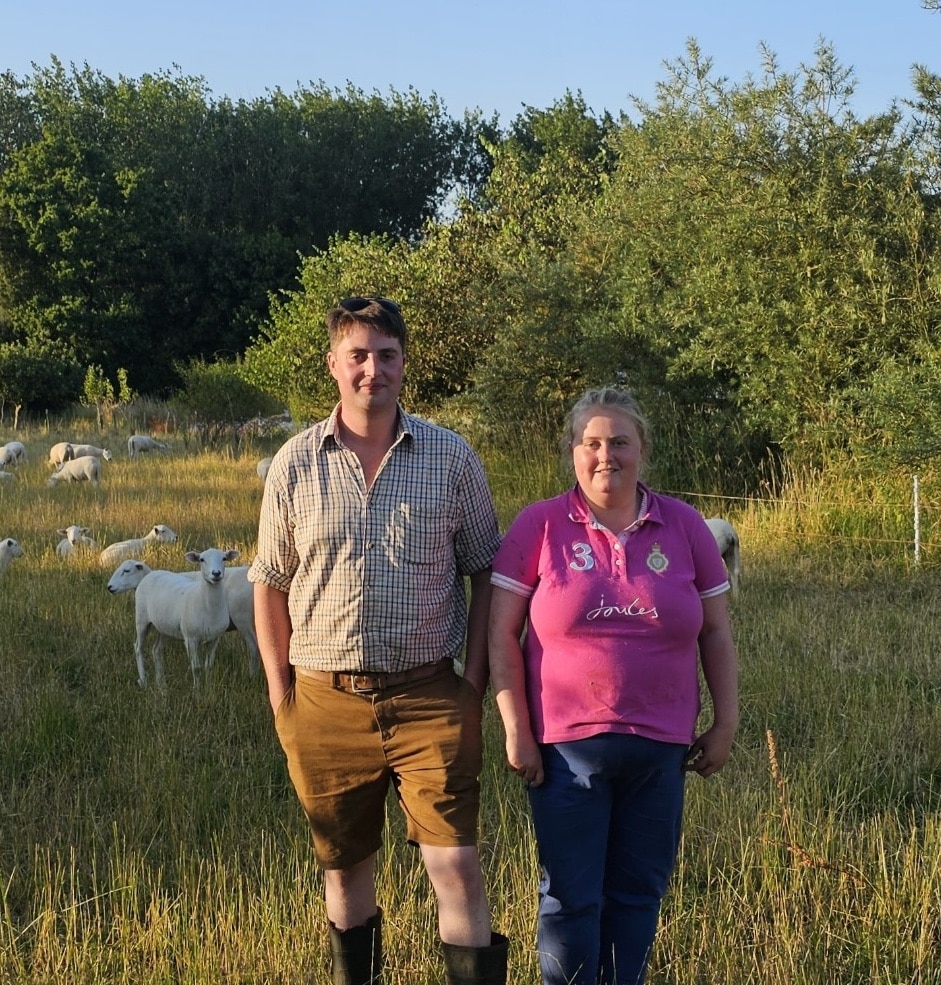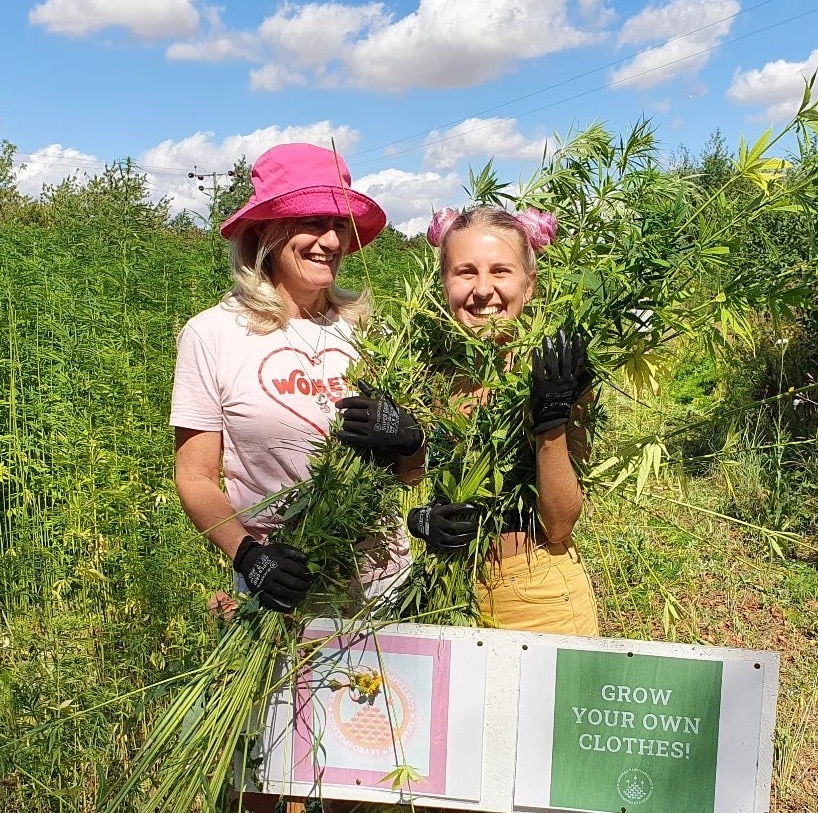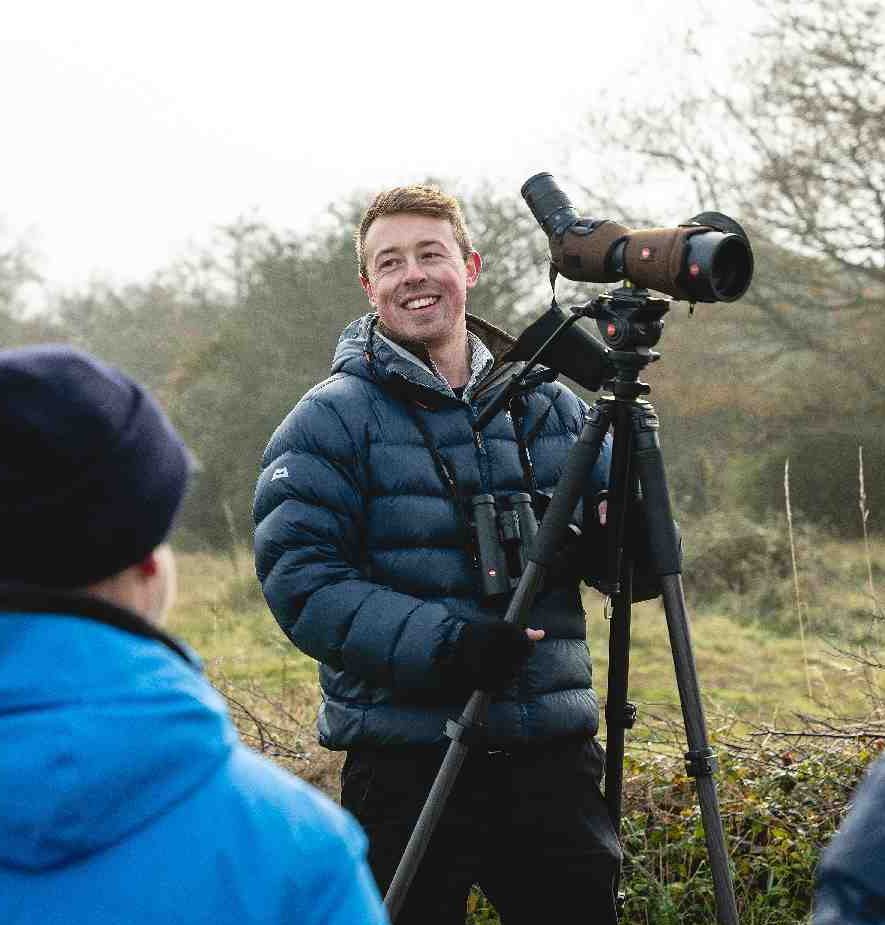Wakelyns featuring at EURAF2022
Wakelyns is the focus of a paper being presented at 6th European Agroforestry Conference in Nuoro, Sardinia, 16-20 May 2022. Based on the ongoing Horizon 2020 project AGROMIX which is exploring agro-ecological solutions for building resilience in farm systems through agroforestry and other mixed farming approaches. Wakelyns is one of eight experimental farms at which data collection is feeding into questions on how to measure resilience and build it in the face of climate and other environmental changes.
The paper ‘Framework for building climate change resilience into landscape restoration through agroforestry: an England case study’[1] is being presented by Dr Will Simonson, Head of Research and Principal Researcher in Agroforestry at ORC. It looks at the scenario of large-scale adoption of agroforestry in Eastern England based on the practice and results of Wakelyns and other pioneering agroforestry sites. Globally, agroforestry is considered an important land management practice for landscape restoration, for example in the context of the UN Decade on Ecosystem Restoration 2021-2030. The UK’s Committee on Climate Change puts forward the target of 10% of arable land to be under agroforestry management, and the Government’s Environmental Land Management (ELMS) and other schemes are also targetting the increase of trees outside woodlands across the country. Considering how to approach the opportunity of increasing agroforestry in the most resilient way is a topical and important question.
The paper will consider two frameworks for thinking about this. The first, demonstrated using data from Wakelyns, uses a set of 17 farm-scale indicators of resilience to climate change stressors, each based on qualitative classification 1-5 and translated into an “AMOEBA diagram-model”, akin to the outputs of ORC Public Goods Tool approach. For silvo-arable systems such as Wakelyns the indicators encompass ecological aspects (e.g. crop diversity, stability of production, soil organic matter and plant available water), economic aspects (e.g. number of income sources, dependencies on external inputs) and social aspects (e.g. memberships of farmer networks, cooperatives and projects, and shortness of supply chains).
The second framework is based on a comprehensive overview of climate change risks and considerations across the whole life cycle of a restoration initiative. It identifies seven areas of restoration design and implementation in which climate change is important to address: setting restoration objectives, selecting sites and managing connectivity, choosing target species and ecosystems, managing key ecosystem interactions and micro-climates, identifying and mitigating site-level climate change risks, aligning the project with long-term policies, and designing a monitoring framework that enables adaptive management. We show how each of these steps can be built into a restoration strategy using Wakelyns and other agroforestry sites as catalysts for scaling up, and building the climate change resilience, of this land use in the East of England.
[1] W. Simonson1, C. Tosh1, D. Wolfe2, D. Verstand3, S. Houben3, I. Selin Norén3, M. Allen4
1Organic Research Centre, UK
2Wakelyns Agroforestry, UK
3Wageningen Research, The Netherlands
4Agri-Food and Biosciences Institute (AFBI), UK


